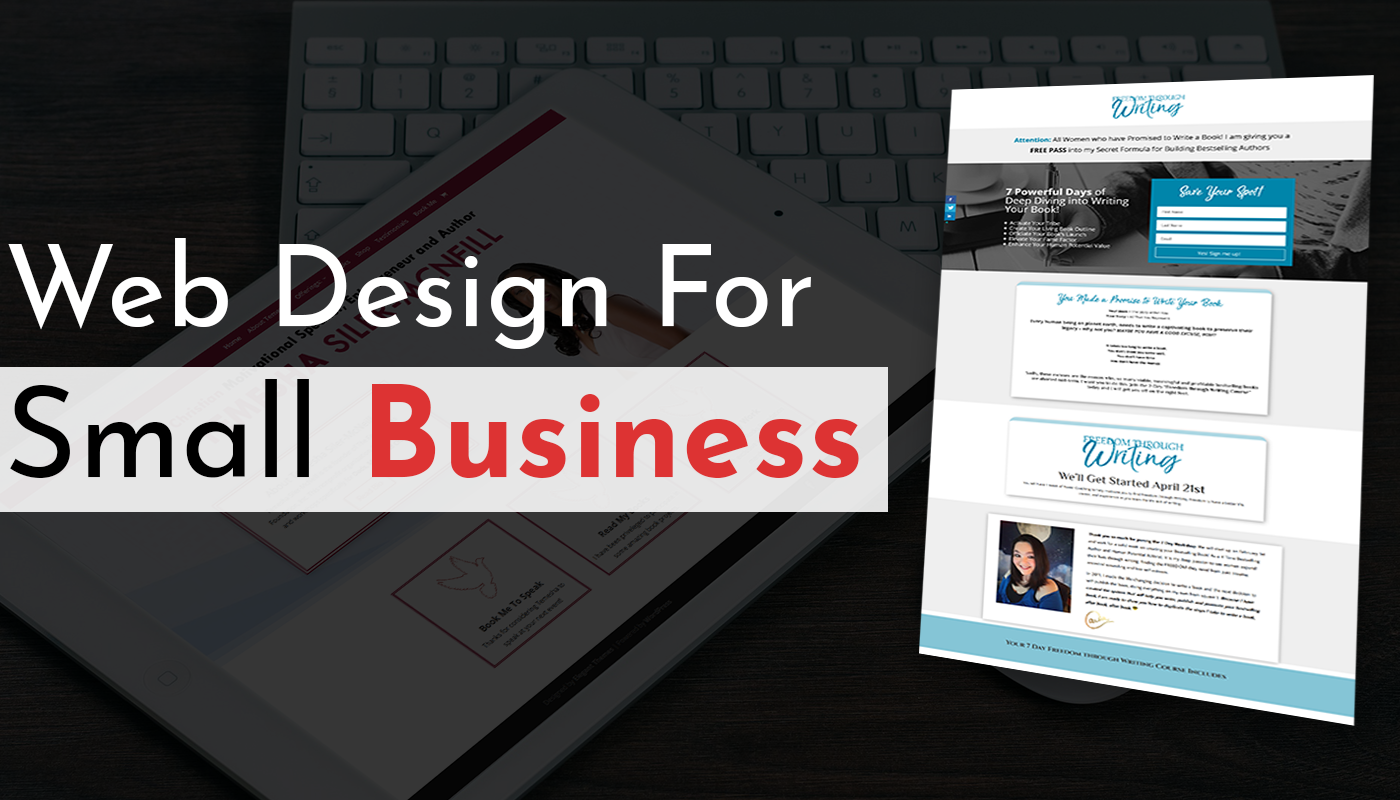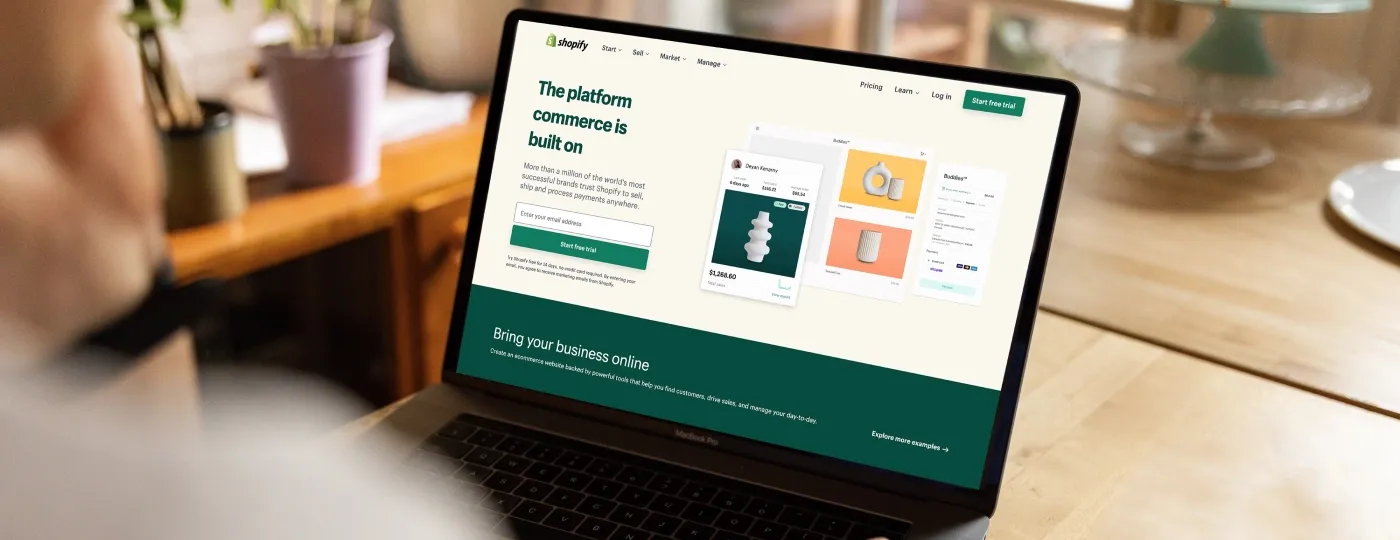In this digital era, the ability to build websites is crucial, as it opens doors for personal expression and career progression. It is essential to grasp the fundamentals of website development for beginners whether you intend to build a personal blog, an online store, or a corporate website. Beginning web development is a daunting prospect, but this guide will show you the detailed steps by outlining the process, the essential technologies, and the tools you’ll need.
Step no 1: Understanding Concept of Website Development
Making, constructing, and updating websites are all part of website development. It includes the design and code components necessary to create a website that is functional, visually beautiful, and easy to use. The two most common approaches to building websites are: front-end and back-end development. Front-end development is all about the website’s interface and how users interact with it. Designing and implementing the features that users directly engage with on the website is what this involves. Back-end includes the logic that runs on the server and interacts with databases.
Step no 2: Define Your Purpose for Website Designing
Before delving into the technical specifics, you need first define your aim for a website. It is important to understand if you are about to design a portfolio, personal blog or any internet store. Understanding your basic purpose will help you to choose the right technology, learn about suitable design decisions and manage the website content accordingly.
Step no 3: Choosing the Right Platform for Website Creation
Selecting the best platform for website is another important consideration to keep in mind. Few web development basics available are the website builders, content management systems (CMS) and coding frameworks. Due to the simple architecture, available in amazing themes, and plugin, WordPress has become the most common content management system (CMS.). It makes easy and quick customizing possible. This helps local businesses, blogs, and personalized websites as well as other. More evolved and appropriate for larger websites with specific needs are content management systems (CMS) like Joomla and Drupal.
Thanks to Wix’s simple drag-and-drop interface, even non-code experienced users can create a professional-looking website. Squarespace is another quite well-known website builder. Its appealing template-based designs make this perfect for creative people. For those who want a better understanding, starting from scratch with the coding of your website can be a fulfilling process. This relates to the three main languages used for building websites: HTML, CSS, and JavaScript.
Step no 4: Learn the Basics of HTML, CSS, and JavaScript
If you want to build your own website from the ground up, it is important to master yourself in few modern technologies. For building the framework of websites, HTML is important. A few examples of its components are headings, paragraphs, pictures, and links. Among the most basic tags are HTML>, head>, title>, body>, h1>, p>, image>, and so forth. Correct formatting of material is absolutely essential for web accessibility and SEO, or search engine optimization.
From layout to colors to fonts, Cascading Style Sheets (CSS) affect the visual aspects of a website. Mastery of CSS will help you to separate the content and presentation of your web pages, hence simplifying maintenance. JavaScript lets websites come alive. It will let you manage multimedia, create content responding to user input, and more. grasp the foundations of JavaScript—variables, functions, loops, event handling, and the Document Object Model (DOM). JavaScript frameworks like jQuery let you simplify adding interaction to your website.
Step no 5: Setting Up Your Development Environment
You must prepare your website design and development environment before you begin coding. Pick a text editor in which we have examples of Atom, Sublime Text, or Visual Studio Code. These editors include debugging tools, auto-completion, and syntactic highlighting to help programmers write effectively. For code revision tracking, team collaboration, and file management, tools like GitHub and Git are essential. Programs like XAMPP and MAMP can be used to test your website locally. These allow you to preview and test your web pages locally on a server before putting them online.
Step no 6: Building Your Website
You might start building your website once you have chosen a platform and configured your web development environment. Beginning your layout, make sure your header, footer, navigation menu, and main content section are all present. This might be seen as your website’s framework. Using HTML and CSS, insert links, text, images, videos. Try several layouts and designs to choose the one best for your requirements.
Use JavaScript to make it interactive. Add image sliders, contact forms, and interactive maps. Your website’s usability will be greatly improved as a result of this. Verify that your website displays properly across all devices. To make designs that adapt to various screen sizes, from desktop computers to mobile phones, you can use CSS media queries.





